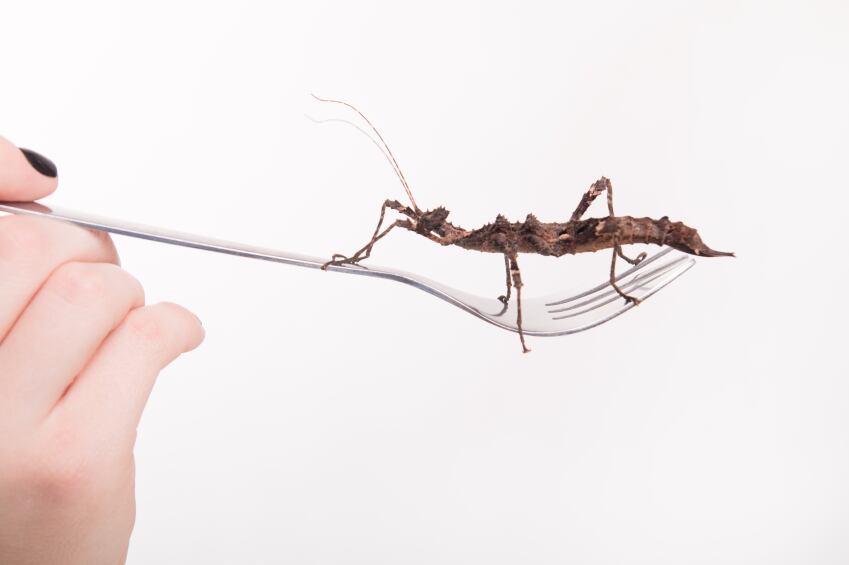Conclusions recommended that future product development for culturally inappropriate foods should consider choosing product types and adjusting its properties to match consumer motivations and taste expectations.
This could be achieved by including unusual novel foods within a familiar product to help create more positive expectations.
“Beliefs about the food’s taste were informed by species-related associations, and tended to be more negative when the food had never been tasted before,” the study found.
“While these pre-consumption beliefs had some influence on sensory perceptions after tasting, the food’s properties mainly determined the consumption experience.”
The interest in insects as a potential protein source has gathered momentum in recent years as the task of finding a more sustainable, cheaper and environmentally friendly method of producing protein becomes more urgent.
Despite the promise, challenges remain in terms of microbial safety, processing technologies and sanitation.
An acquired taste

The practice of consuming insects is far more accepted in Asian regions with the Food and Agriculture Organisation (FAO) estimating that around two billion people regularly eat insects.
The agency also recognises that consumer acceptance is one of the biggest challenges to commercialising insects for food in many parts of the world.
Researchers from the Waginingen University in the Netherlands enrolled 100 Dutch consumers to take part in descriptive sensory evaluations.
They were also assessed for food appropriateness of four different burger patties before and after tasting, and reported their willingness to eat again.
The participants were told that three unusual novel foods (lamb brain, frog meat, mealworms) were present in beef burger patties.
Labels presented with the burgers described only the meat composition. The four labels presented were ‘100% ground beef’, ‘75% ground beef and 25% ground lamb brain’, ‘75% ground beef and 25% ground frog meat’, and ‘75% ground beef and 25% ground mealworms’.
The team found that beliefs about the food’s taste were formed by species-related associations, and tended to be more negative when the food had never been tasted before.
While these pre-consumption beliefs had some influence on sensory perceptions after tasting, the food’s properties mainly determined the consumption experience.
Match with consumer expectations
“Using insects as a meat substitute would create expectations that insects should taste like meat, which might not be possible to achieve given the insect’s properties,” the researchers suggested.
“On the other hand, the more nut-like than meat-like flavour and texture of insects like mealworms may be more positively experienced when prepared in products that fit better with nuts than with meat.”
“Yet the use of insects within cakes and cookies that go well with nuts may not match the environmental motivations for eating insects.
The researchers believed that developing products from novel foods would thus require more extensive work than simply hiding the novel foods within familiar products.
Here the choice of product and adjustment of its properties should fit with consumer motivations and taste expectations of the product category.
Source: Food Quality and Preference
Published online ahead of print: doi.org/10.1016/j.foodqual.2017.03.012
“Why do unusual novel foods like insects lack sensory appeal? Investigating the underlying sensory perceptions.”
Authors: Hui Shan Grace Tana, Claudia Joyce Tibboel, Markus Stieger
